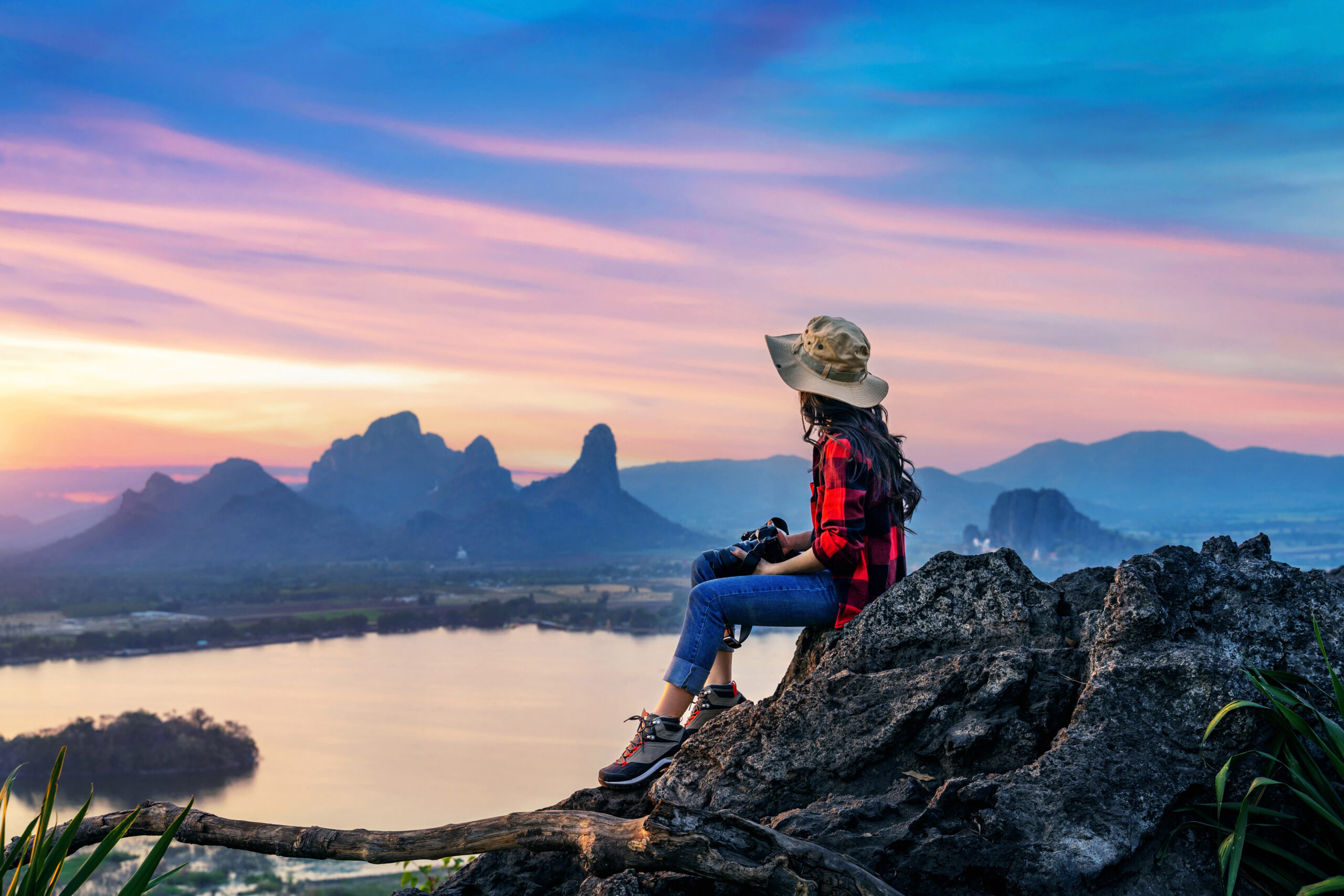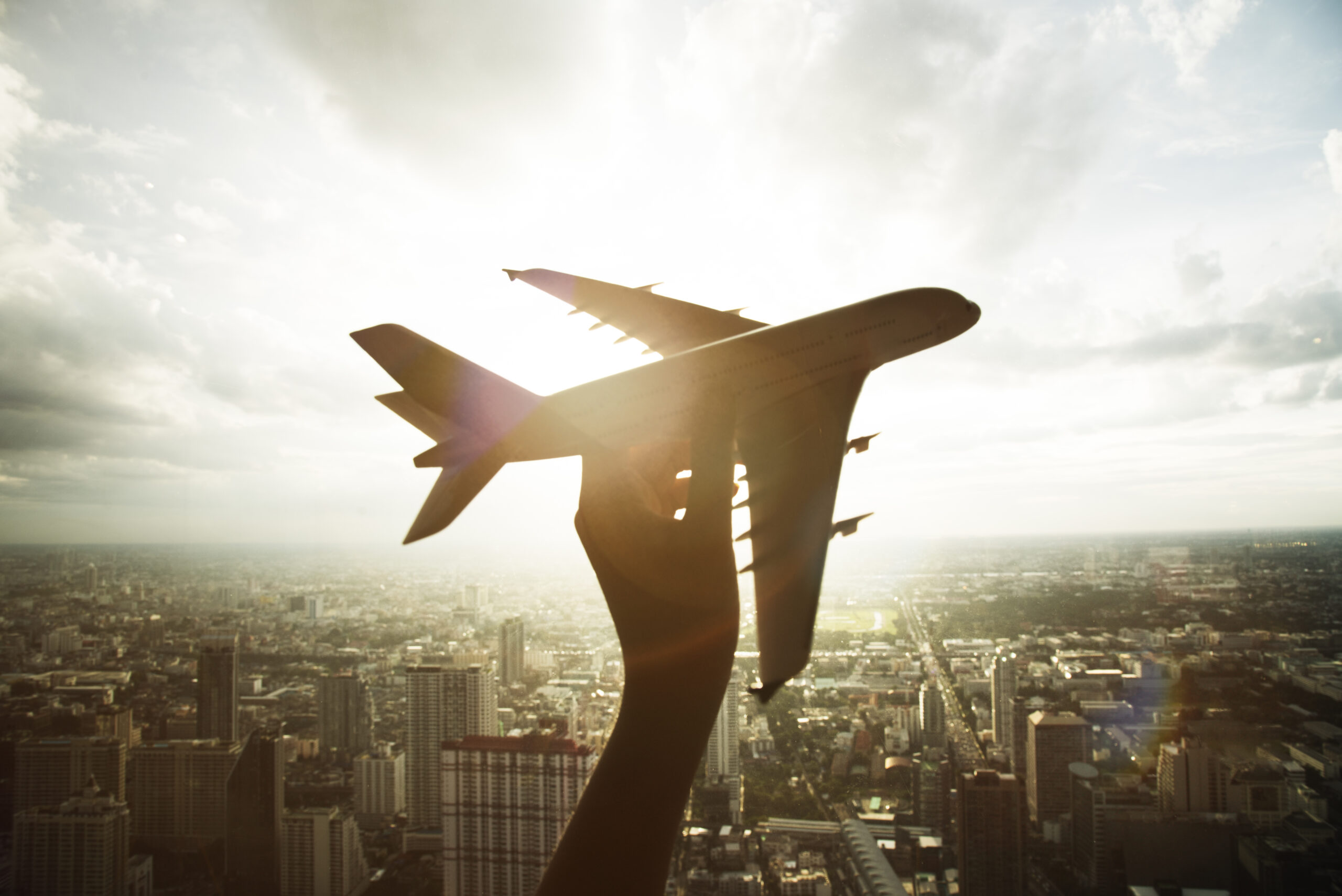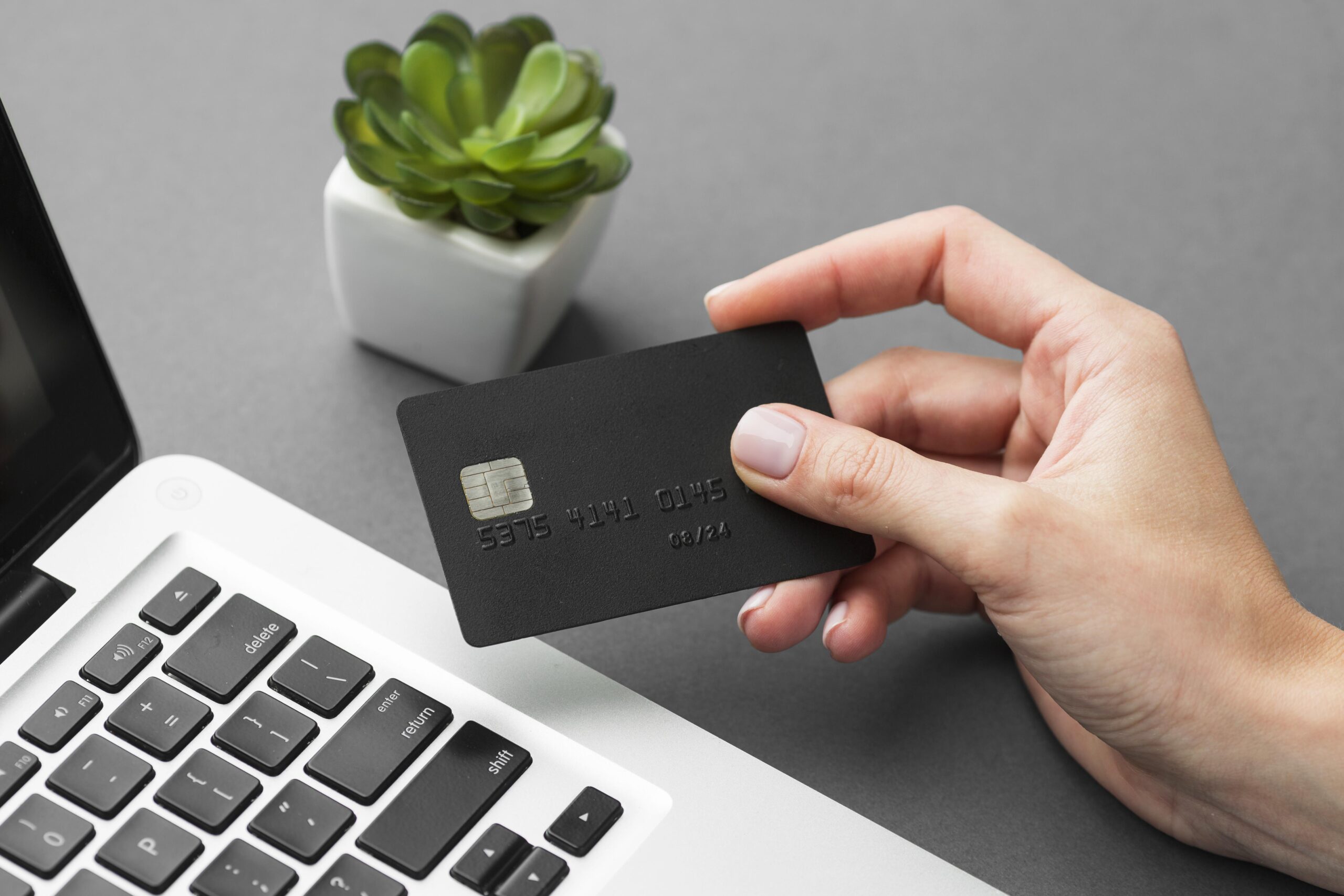How to Pack Light for a Month-Long Trip: The Ultimate Guide

Planning a month-long trip is exciting, but packing for it? That can be overwhelming. Many travelers fall into the trap of overpacking, only to find themselves lugging heavy suitcases filled with items they never use. The good news is, packing light for a month-long trip is not only possible but incredibly freeing.
As a travel expert with over a decade of experience in globetrotting across continents, I’ve fine-tuned the art of minimalist packing. This guide will walk you through every step of packing light while still ensuring you have everything you need for a comfortable, stylish, and stress-free journey.
Why Pack Light for a Long Trip?
Before diving into the “how,” let’s understand the “why.”
Benefits of Packing Light:
- Easier Mobility: Navigating airports, train stations, and cobbled streets becomes effortless.
- Fewer Baggage Fees: Save money on checked luggage.
- Less Stress: Avoid the chaos of keeping track of multiple bags.
- Flexibility: Travel lighter and more spontaneously, especially on budget airlines or public transportation.
- Environmentally Friendly: A lighter load can reduce fuel consumption slightly on flights and transport.
Step 1: Choose the Right Bag
Go for a Carry-On or 40L Backpack
For most people, a carry-on suitcase (around 22 inches) or a 35-40L backpack is sufficient. Look for:
- Lightweight materials
- Expandable compartments
- Multiple organizing pockets
- Sturdy wheels (if rolling luggage)
- Water-resistant fabrics
Recommended Brands:
- Osprey Farpoint/Fairview 40
- Nomatic Navigator Backpack
- Away The Carry-On
- Tortuga Travel Backpack
Step 2: Understand Your Itinerary and Climate
Your packing list will vary significantly depending on where you’re going, when, and what activities you’ll be doing.
Questions to Ask:
- What’s the average weather like?
- Are there cultural dress codes?
- Will you be doing outdoor activities?
- Any formal events or special occasions?
Pro Tip:
Check a 30-day weather forecast before your trip and adjust your list accordingly.
Step 3: Build a Capsule Wardrobe
A capsule wardrobe is a collection of versatile clothing items that can be mixed and matched easily.
Clothing Tips:
- Stick to neutral tones: black, white, navy, gray, beige
- Choose lightweight, wrinkle-resistant fabrics
- Plan outfits around layering
Sample Capsule Wardrobe:
For one month, this could look like:
- 4 t-shirts
- 2 tank tops
- 2 long-sleeve shirts
- 1 sweater or hoodie
- 2 pairs of pants (one jeans, one travel pants)
- 1 pair of shorts or skirt
- 1 light dress (optional)
- 1 light jacket or raincoat
- 1 set of activewear
- 7 pairs of underwear
- 3 bras (or undershirts)
- 4-5 pairs of socks
- 1 pair of comfortable walking shoes
- 1 pair of sandals or flip-flops
- 1 swimsuit
Laundry Strategy:
Plan to do laundry every 5-7 days. Most hostels, Airbnbs, or hotels offer laundry services or machines. You can also carry a travel-sized laundry detergent and a sink stopper for hand-washing.
Step 4: Streamline Toiletries
Toiletries can take up a lot of unnecessary space if not planned wisely.
Must-Have Toiletries:
- Toothbrush & toothpaste
- Travel-sized shampoo & conditioner
- Solid soap or travel bottle
- Razor (manual preferred for carry-on)
- Deodorant
- Sunscreen
- Moisturizer
- Comb or brush
- Nail clipper
- Any essential medications
Tips:
- Use refillable travel bottles (100ml or less)
- Choose multi-use items (e.g., shampoo & body wash in one)
- Consider solid alternatives (shampoo bars, toothpaste tabs)
- Pack items in a clear, TSA-approved pouch
Step 5: Organize with Packing Cubes
Packing cubes help compartmentalize and compress your clothes.
Benefits:
- Better organization
- Easier access to items
- More room in your bag
Suggested Use:
- One cube for tops
- One cube for bottoms
- One cube for undergarments
- Small pouch for cables and accessories
Step 6: Minimize Electronics
Only bring what you truly need.
Essentials:
- Smartphone
- Universal charger & travel adapter
- Lightweight laptop or tablet (if you need to work)
- Power bank
- Headphones or earbuds
- E-reader or Kindle (optional)
Leave behind:
- Hair dryers (many hotels provide them)
- Extra cameras (unless photography is a core part of your trip)
- Bulky chargers or cables
Step 7: Use Smart Packing Techniques
Rolling vs. Folding:
Rolling saves space and prevents wrinkles. Use a combo of both for structure and space-saving.
Wear Bulkier Items:
Wear your bulkiest items (jeans, jacket, sneakers) during transit to free up space in your bag.
Stuff Shoes:
Put socks or chargers inside your shoes to utilize every bit of space.
Step 8: Prioritize Important Documents & Essentials
Keep all your essential documents organized and accessible.
Essentials:
- Passport + visa copies
- Travel insurance
- Credit/debit cards + emergency cash
- Emergency contacts
- Copies of itinerary, bookings, and IDs
- Pen (for filling out customs forms)
Use a document organizer or travel wallet for easy access.
Step 9: Test Pack Before You Go
Do a test pack at least 3 days before departure. Walk around with your packed bag for 10-15 minutes. This helps identify any unnecessary items and allows you to adjust accordingly.
Ask Yourself:
- Can I carry this bag for 20+ minutes?
- Is anything missing?
- Did I overpack a specific category?
Step 10: Pack a Personal Item Smartly
In addition to your carry-on, you’re often allowed a personal item like a backpack, tote, or sling bag.
Personal Item Checklist:
- Snacks
- Water bottle (empty at security)
- Electronics & chargers
- Eye mask & earplugs
- Travel pillow
- Medications
- Extra layer (scarf or jacket)
- Book or journal
Final Tips for Packing Light
- Lay Everything Out First: Visualizing your packing list helps eliminate unnecessary items.
- Limit “Just-in-Case” Items: Only pack what you’ll definitely use.
- Buy On the Go: Many toiletries and even clothing items can be bought at your destination.
- Track What You Actually Use: On future trips, you’ll know what to skip.
- Stay Organized Daily: Keeping your bag organized throughout the trip helps avoid frustration and clutter.
Common Packing Mistakes to Avoid
- Overpacking “what-ifs”
- Packing multiple pairs of shoes
- Bringing full-sized toiletries
- Forgetting a rain jacket or layers
- Carrying too many electronics
Conclusion: Less is More
Packing light for a month-long trip might feel impossible at first, but with the right strategy, it becomes second nature. A well-packed carry-on can take you around the world without compromise. Embrace the freedom, flexibility, and simplicity that comes with minimalist travel.
By applying the principles in this guide, you not only lighten your physical load but also enhance your overall travel experience. Happy travels!



